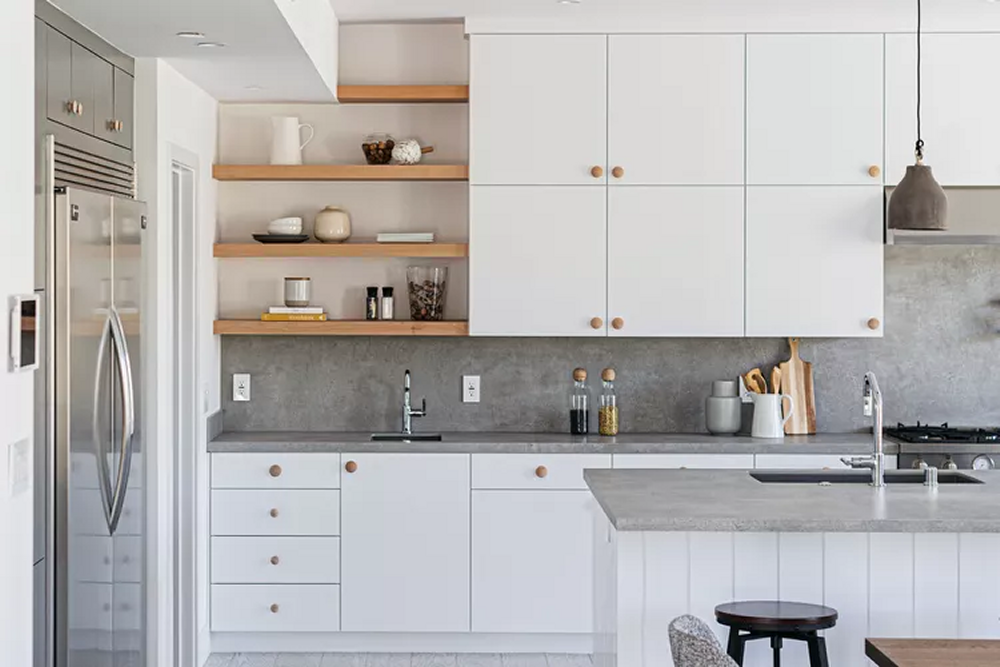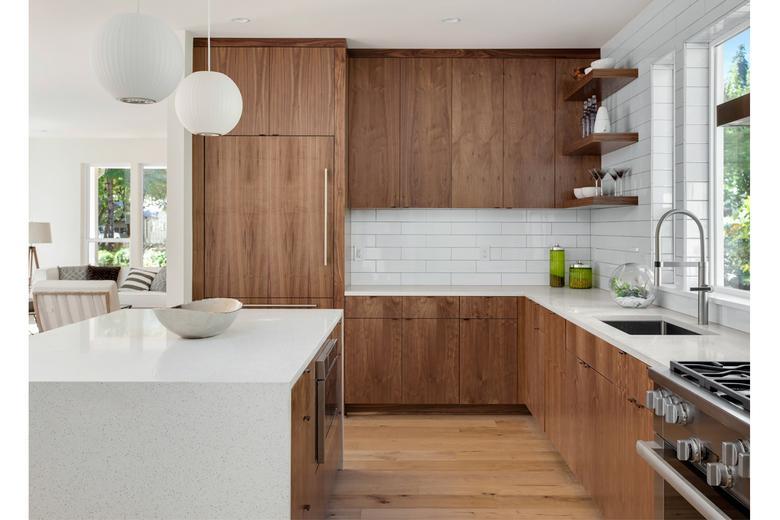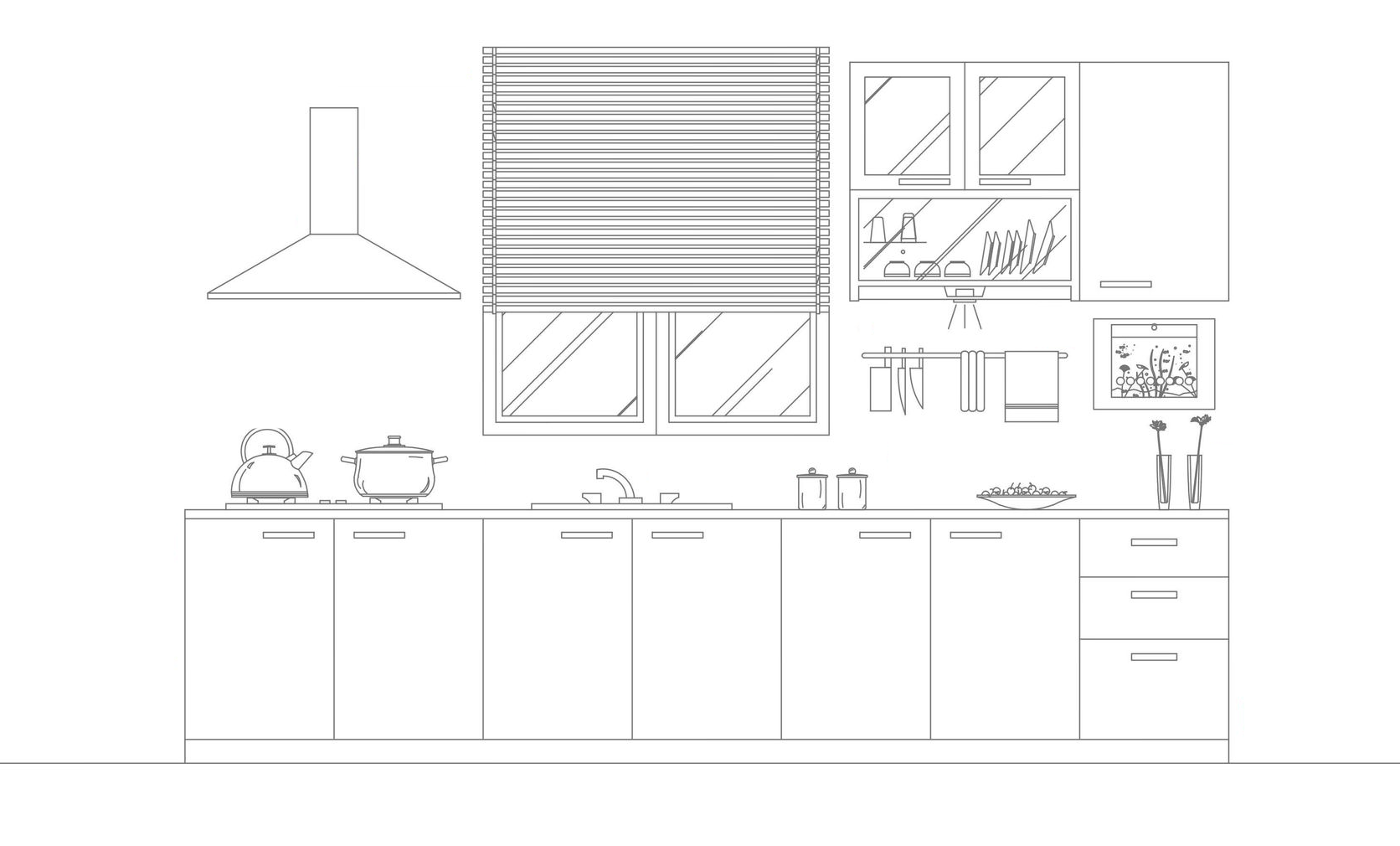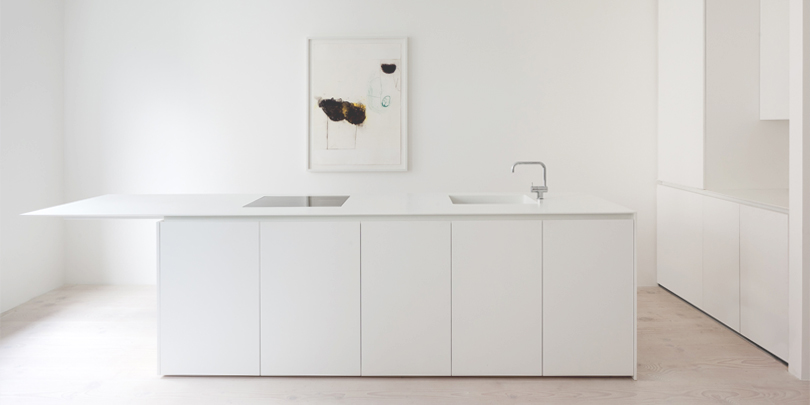
How to Design a Kitchen Island: Creating a Functional and Stylish Centerpiece
Are you yearning for a kitchen that not only elevates your culinary adventures but also acts as the central hub of your home? Look no further than the kitchen island! A skillfully designed kitchen island can serve as a functional and stylish centerpiece, seamlessly blending form and function. In this article, we will delve into the essential steps involved in crafting a kitchen island that caters to your requirements and complements your overall kitchen design. So, get ready to roll up your sleeves, grab a steaming cup of coffee, and embark on a journey to master the art of creating a functional and stylish kitchen island!
Step 1: Assess Your Needs and Define the Purpose
Before immersing yourself in the design process, take a moment to evaluate your needs and lifestyle. Ask yourself pertinent questions such as:
- How frequently do I cook and entertain?
- How many individuals will regularly use the kitchen island?
- Do I require additional storage space?
- Will the island primarily serve as a food preparation area or a dining spot?
By comprehending your specific requirements, you can tailor the design to suit your needs and preferences effectively.
Step 2: Plan the Layout and Configuration
Take into account the available space in your kitchen and select a layout and configuration that best fits. Some popular options include:
- L-shaped: This layout provides ample countertop space and facilitates easy movement between work zones.
- U-shaped: Ideal for larger kitchens, this layout offers generous storage and countertop areas.
- Straight-line: Suited for smaller kitchens, this layout maximizes space efficiency and simplifies workflow.
Choose the layout that optimizes your kitchen’s functionality while seamlessly complementing your design style.
Step 3: Determine the Size and Shape
Accurate measurements of your kitchen space are crucial for determining the ideal size and shape of your island. Consider factors such as traffic flow, clearances, and the distance between the island and other kitchen appliances. As a general guideline, it is recommended to leave at least 36 inches of clearance around the island to ensure comfortable movement.
Step 4: Choose a Complementary Style and Aesthetic
Take into account your overall kitchen design style and select an island design that seamlessly complements it. Whether your kitchen boasts a modern, traditional, or eclectic look, the island should harmonize with the existing elements, resulting in a cohesive and visually appealing space.
Step 5: Incorporate Functional Elements
To ensure that your kitchen island fulfills its purpose effectively, consider incorporating the following functional elements:
- Work Zones: Create designated areas within the island for food preparation, cooking, and cleanup. This will streamline your workflow and prevent congestion during meal preparation.
- Storage Solutions: Integrate drawers, cabinets, and open shelving into your island design to provide convenient access to kitchen essentials. Opt for specialized storage solutions, such as deep drawers for pots and pans or pull-out spice racks, to maximize efficiency.
- Seating Arrangements: If you intend to use your island as a dining area or a social hub, incorporate seating options. Bar stools, built-in benches, or a combination of both can offer comfortable seating while enhancing the island’s functionality.
Step 6: Select the Right Countertop Material
Choose a countertop material that not only complements your kitchen’s aesthetic but also offers durability and ease of maintenance. Popular options include granite, quartz, marble, and butcher block. Consider factors such as stain resistance, heat resistance, and overall aesthetics when making your selection. Each material possesses unique characteristics, so choose the one that best suits your needs and preferences.
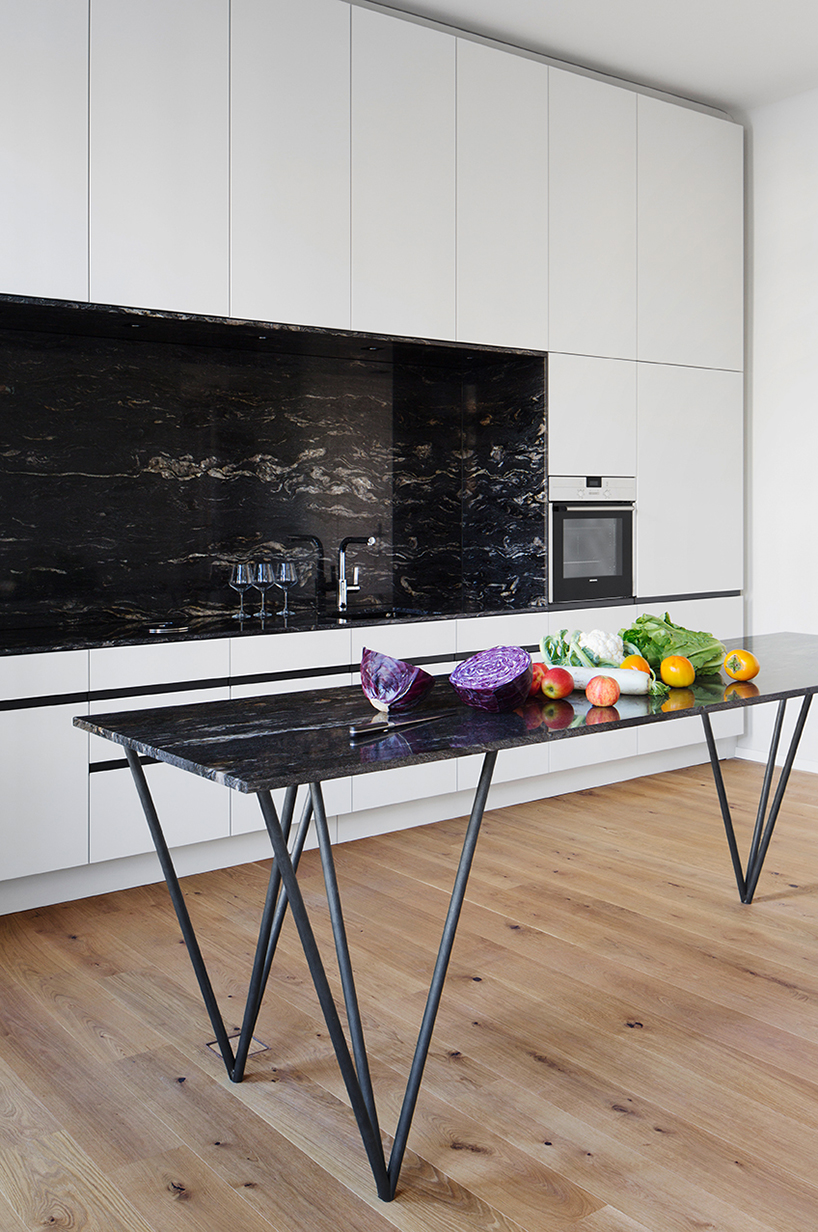
Step 7: Lighting Considerations
Proper lighting is crucial for both functionality and ambiance in your kitchen island design. Incorporate a combination of task lighting, such as pendant lights or recessed lighting, to illuminate the work areas, and ambient lighting to create a warm and inviting atmosphere. Consider the placement of electrical outlets for appliances and additional lighting options, ensuring they are easily accessible and seamlessly blend with the island design.
Step 8: Finishing Touches
To complete the design of your kitchen island, pay attention to the finishing touches that add personality and style to the space:
- Hardware: Select cabinet handles, knobs, and drawer pulls that complement your overall kitchen design. Opt for finishes that match or coordinate with other hardware in your kitchen.
- Decorative Elements: Consider incorporating decorative elements such as decorative corbels, paneling, or moldings to enhance the visual appeal of your island. These details can add depth and character to the overall design.
- Color and Finish: Choose a color and finish for your island that complements the surrounding cabinetry and overall kitchen color scheme. Whether you opt for a contrasting color to make the island stand out or a cohesive color to seamlessly blend, ensure it enhances the overall aesthetic.
FAQs about Designing a Kitchen Island
Q: Can I add plumbing to my kitchen island?
A: Yes, it is possible to incorporate plumbing into your kitchen island, allowing for the addition of a sink or a dishwasher. However, keep in mind that this may require additional plumbing work and should be planned during the initial design phase.
Q: How much clearance space do I need around my kitchen island?
A: It is recommended to have a minimum clearance space of 36 inches around your kitchen island. This allows for comfortable movement and ensures that cabinet doors, appliances, and drawers can be fully opened without obstruction.
Q: What are some creative storage solutions for a kitchen island?
A: Some creative storage solutions include deep drawers for pots and pans, pull-out spice racks, built-in wine racks, or even a dedicated space for a trash and recycling bin. Customizing the storage options based on your specific needs can maximize the functionality of your island.
Q: How can I incorporate seating into my kitchen island design?
A: Depending on the available space, you can incorporate seating through bar stools, built-in benches, or a combination of both. Consider the height of the seating, the number of seats needed, and ensure there is enough legroom for comfort.
Q: What are some popular kitchen island styles?
A: Popular kitchen island styles include farmhouse, transitional, contemporary, and industrial. Each style possesses its own unique characteristics, so choose the one that aligns with your overall kitchen design and personal taste.
Q: Is a kitchen island suitable for small kitchens?
A: Yes, a kitchen island can be designed to fit small kitchens. Opting for a smaller size, incorporating space-saving storage solutions, and selecting a layout that maximizes efficiency can help create a functional and stylish island in a small space.
Designing a kitchen island is an exciting endeavor that requires careful planning and consideration. By assessing your needs and following the step-by-step guide provided in this article, you can create a kitchen island that serves as a functional and stylish centerpiece in your kitchen. Remember to assess your needs, plan the layout and configuration, choose the right size and shape, and incorporate functional elements such as work zones and storage solutions. Select a countertop material that suits your style and consider lighting and finishing touches to enhance the overall design.
By following these guidelines, you can design a kitchen island that not only enhances the functionality of your kitchen but also adds a touch of style and elegance to the space. Whether you use it for food preparation, dining, or socializing, a well-designed kitchen island can become the heart of your home.
